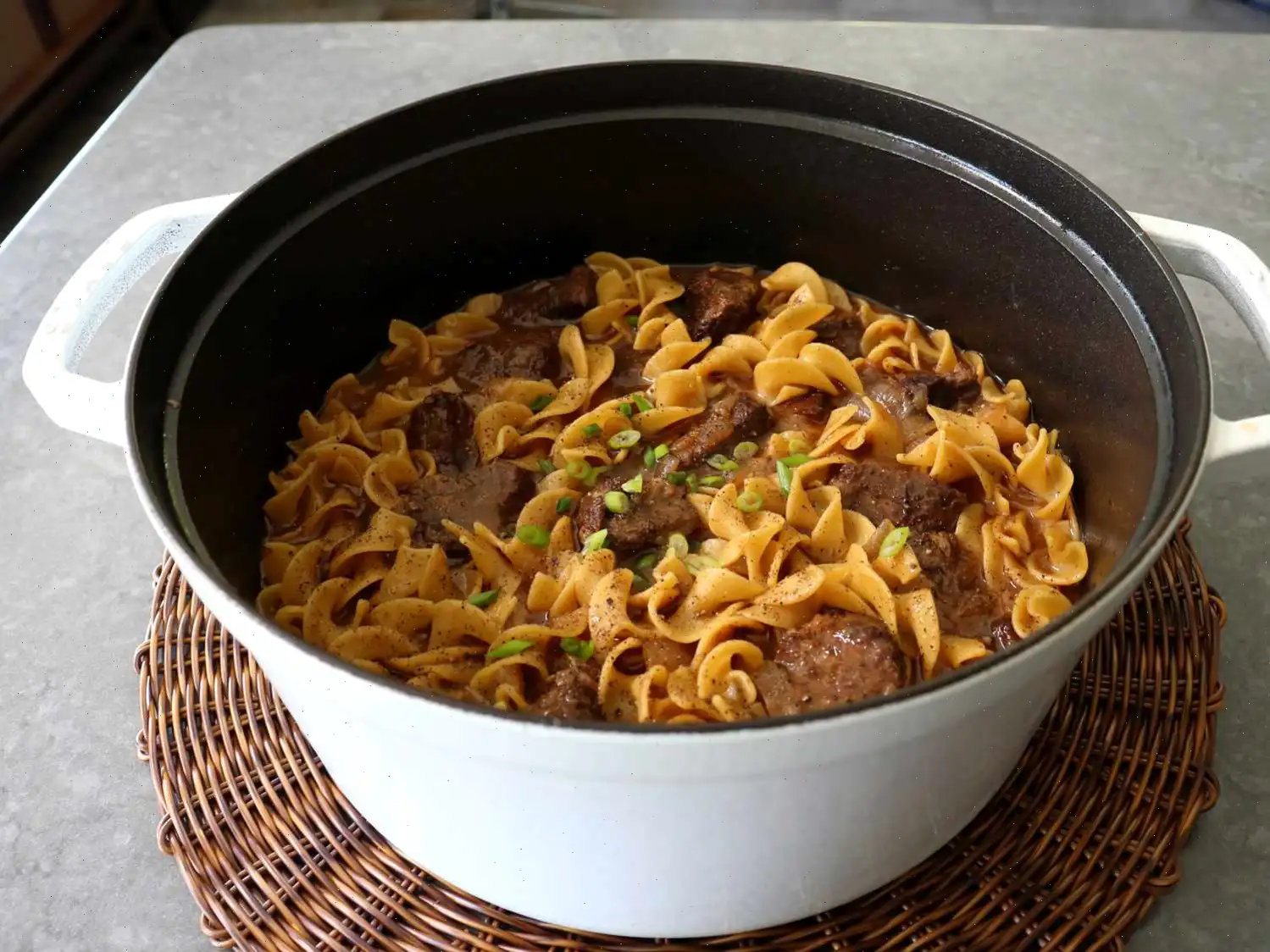
Cream of Artichoke Soup Recipe
Ingredients
This recipe yields 4 servings. Ingredient amounts can be adjusted proportionally, but cooking times and steps remain the same. Not all recipes scale perfectly.
- 4 whole globe artichokes
- 2 cups water
- 2 cups chicken stock
- cup dry vermouth
- 1 potato, diced
- 1 small carrot, diced
- 1 onion, chopped
- 1 small stalk celery, diced
- 2 cloves garlic, minced
- 2 bay leaves
- teaspoon dried marjoram
- 1 cup heavy cream
- 4 tablespoons freshly grated Romano cheese
- Salt to taste
- Freshly ground black pepper to taste
Directions
- Steam the whole globe artichokes in 2 cups of water until tender, about 45 minutes. Reserve the cooking liquid and let the artichokes cool until you can handle them comfortably.
- Scrape the tender flesh from the bottom third of each artichoke leaf and place it into a medium soup pot along with the reserved cooking liquid.
- Remove the fuzzy choke from the center of each artichoke and discard. Coarsely dice the bottoms and add them to the pot.
- Add the chicken stock, vermouth, diced potato, carrot, onion, celery, minced garlic, bay leaves, and marjoram. Bring to a simmer and cook until the vegetables are very soft and the liquid has reduced by one-third, approximately 45 minutes.
- Remove the bay leaves. Using an immersion blender, puree the soup until smooth and creamy.
- Stir in the heavy cream and Romano cheese just until heated through. Season with salt and freshly ground black pepper to taste.
- Ladle the soup into bowls and garnish with croutons if desired. Serve warm and enjoy!
Nutrition Facts (per serving)
- Calories: 493
- Fat: 25g (32% DV)
- Saturated Fat: 15g (76% DV)
- Cholesterol: 76mg (25% DV)
- Sodium: 529mg (23% DV)
- Carbohydrates: 51g (19% DV)
- Dietary Fiber: 12g (42% DV)
- Total Sugars: 8g
- Protein: 14g (27% DV)
- Vitamin C: 23mg (25% DV)
- Calcium: 168mg (13% DV)
- Iron: 3mg (14% DV)
- Potassium: 1226mg (26% DV)
*Percent Daily Values are based on a 2,000 calorie diet. Your daily values may be higher or lower depending on your calorie needs.
**Nutrient information is based on available data and may not cover all ingredients. For medically restrictive diets, consult a doctor or dietitian before preparing.
The History of Cream of Artichoke Soup
Cream of artichoke soup has its origins in Mediterranean cuisine, where artichokes have been cultivated since ancient times, particularly in Italy and France. Initially considered a delicacy reserved for royalty and the elite, artichokes became more widely appreciated in the 17th and 18th centuries, inspiring chefs to develop refined dishes, including creamy soups. The transformation of the humble artichoke into a smooth, velvety soup likely emerged in French kitchens, where the French technique of pureing vegetables with cream gained popularity. By the 19th century, cream of artichoke soup had become a staple in fine dining, celebrated for its subtle nutty flavor and luxurious texture.
Regional Variations
While the basic recipe features artichokes, cream, and aromatic vegetables, regional variations reflect local ingredients and culinary preferences. In Italy, some recipes incorporate Parmesan cheese and a splash of white wine, emphasizing earthy and tangy flavors. French versions often use leeks or shallots and finish with a touch of butter for richness. In the United States, cream of artichoke soup frequently includes potatoes or celery root to add body and thickness, and it may be garnished with croutons or fresh herbs. Coastal Mediterranean regions sometimes highlight fresh herbs like tarragon or thyme, enhancing the natural floral notes of the artichoke.
Distinguishing Features
Cream of artichoke soup stands apart from other creamy vegetable soups due to the unique flavor of artichokes, which combines delicate sweetness with a slightly nutty, earthy undertone. Unlike cream of asparagus or cream of mushroom soups, artichoke soup requires careful preparation to remove the choke and fibrous leaves, resulting in a silky consistency. The addition of vermouth or dry white wine in some recipes adds a subtle aromatic complexity that is not typical of other cream-based vegetable soups, setting it apart as a refined and nuanced dish.
Serving Occasions
This soup is commonly served as a starter in elegant dinners or holiday meals. In fine dining, it may appear in small, delicate bowls garnished with freshly grated cheese, herbs, or croutons. It is also popular in home cooking for cozy lunches or dinner parties, where it pairs well with crusty bread or a light salad. Artichoke soup can be served hot during colder months to warm the palate, or chilled in summer for a refreshing appetizer.
Interesting Facts
Artichokes are rich in antioxidants and vitamins, making the soup not only flavorful but also nutritious. The globe artichoke, used in this recipe, is the most common variety in Western cuisine. Interestingly, the artichoke was once believed to have aphrodisiac properties and was highly prized in Renaissance courts. Cream of artichoke soup also has a surprising versatilityit can be transformed into a pasta sauce or used as a base for quiches and casseroles. Chefs often experiment with adding truffle oil, roasted garlic, or smoked cheeses to elevate the soup's taste and aroma.








